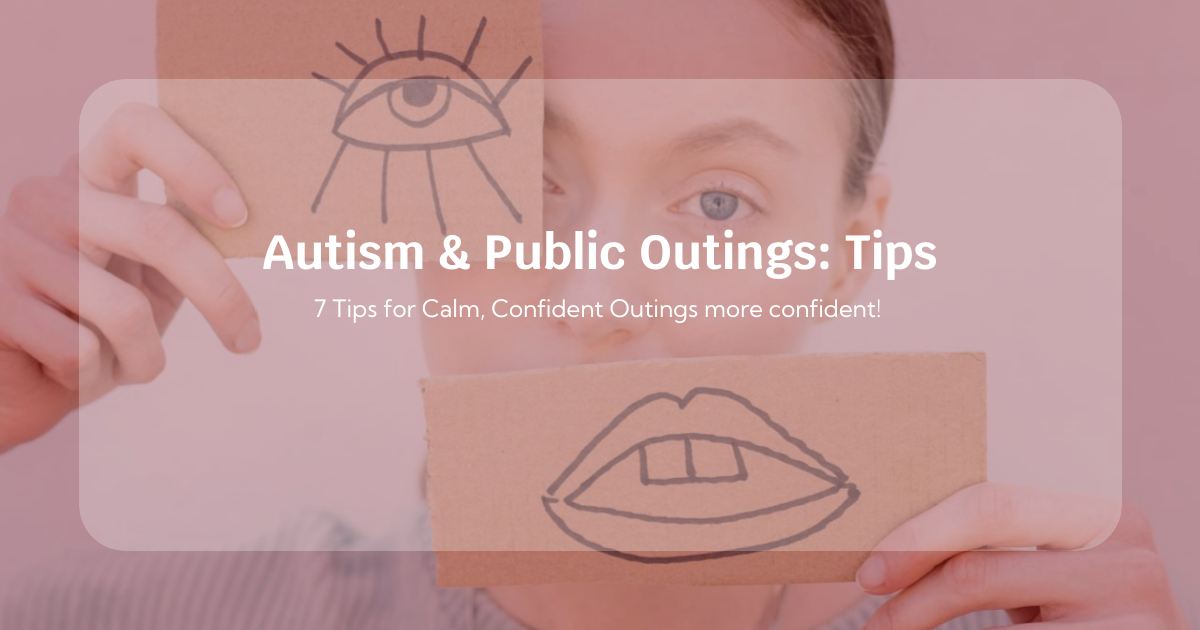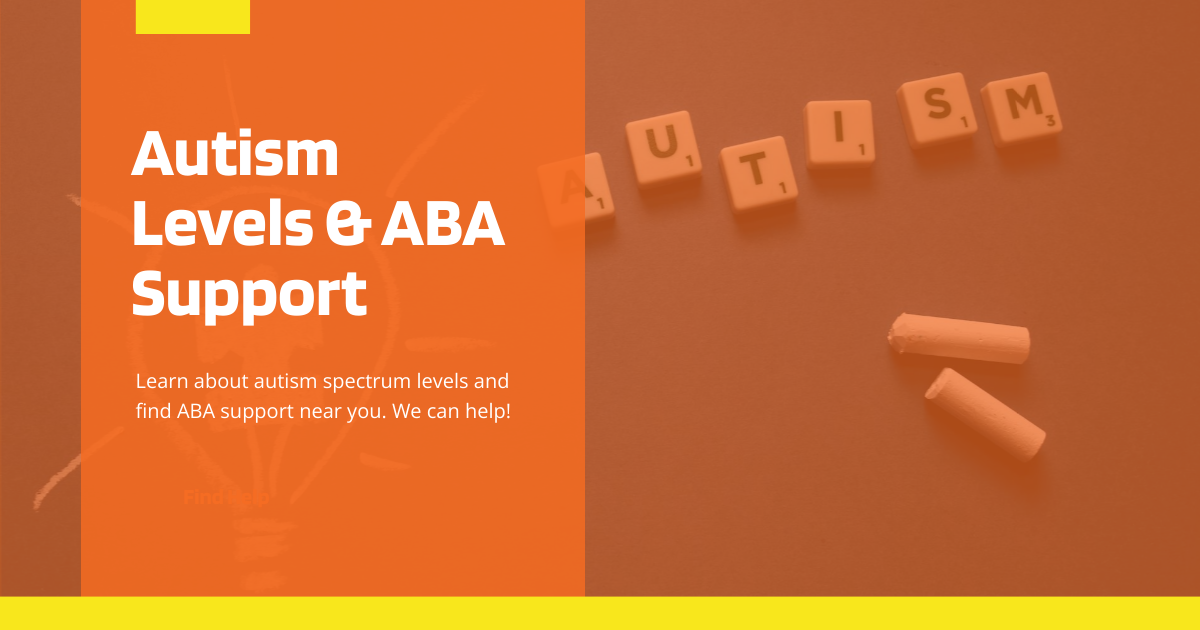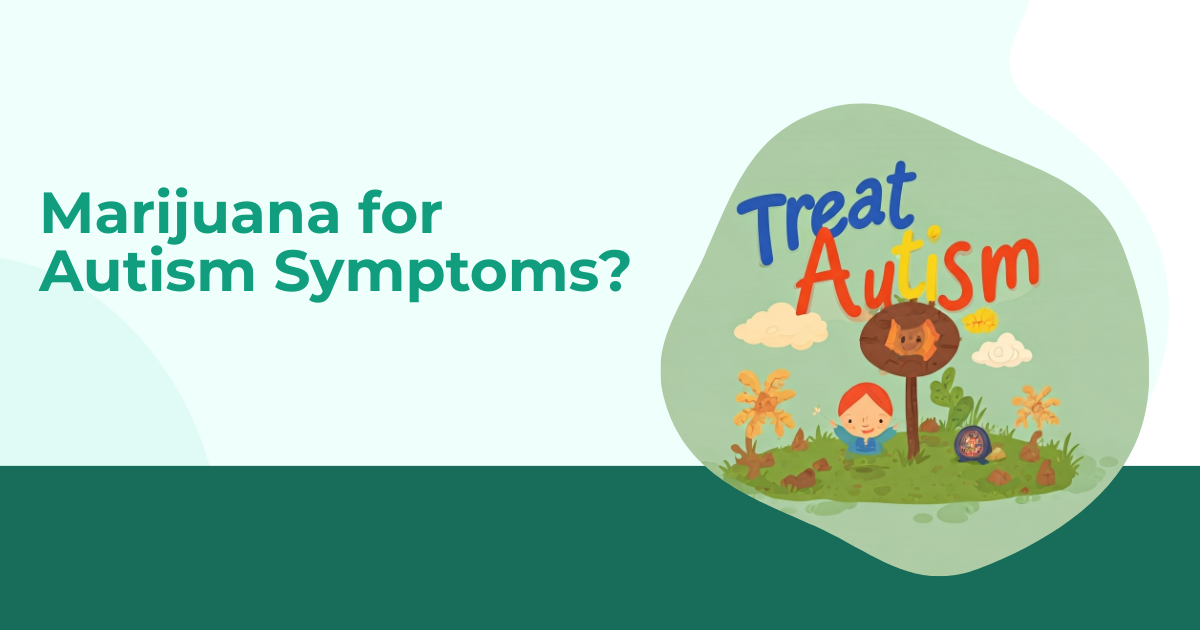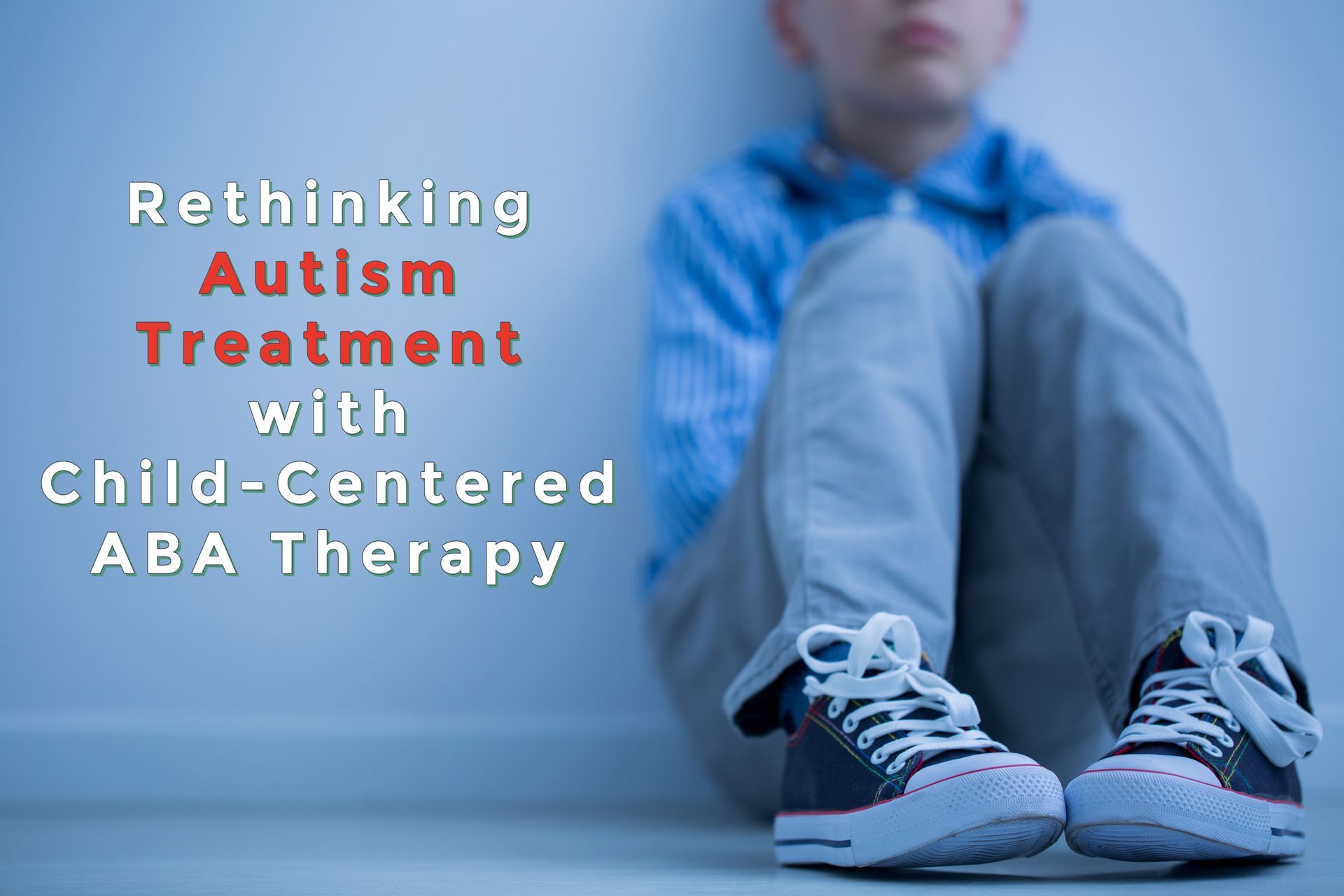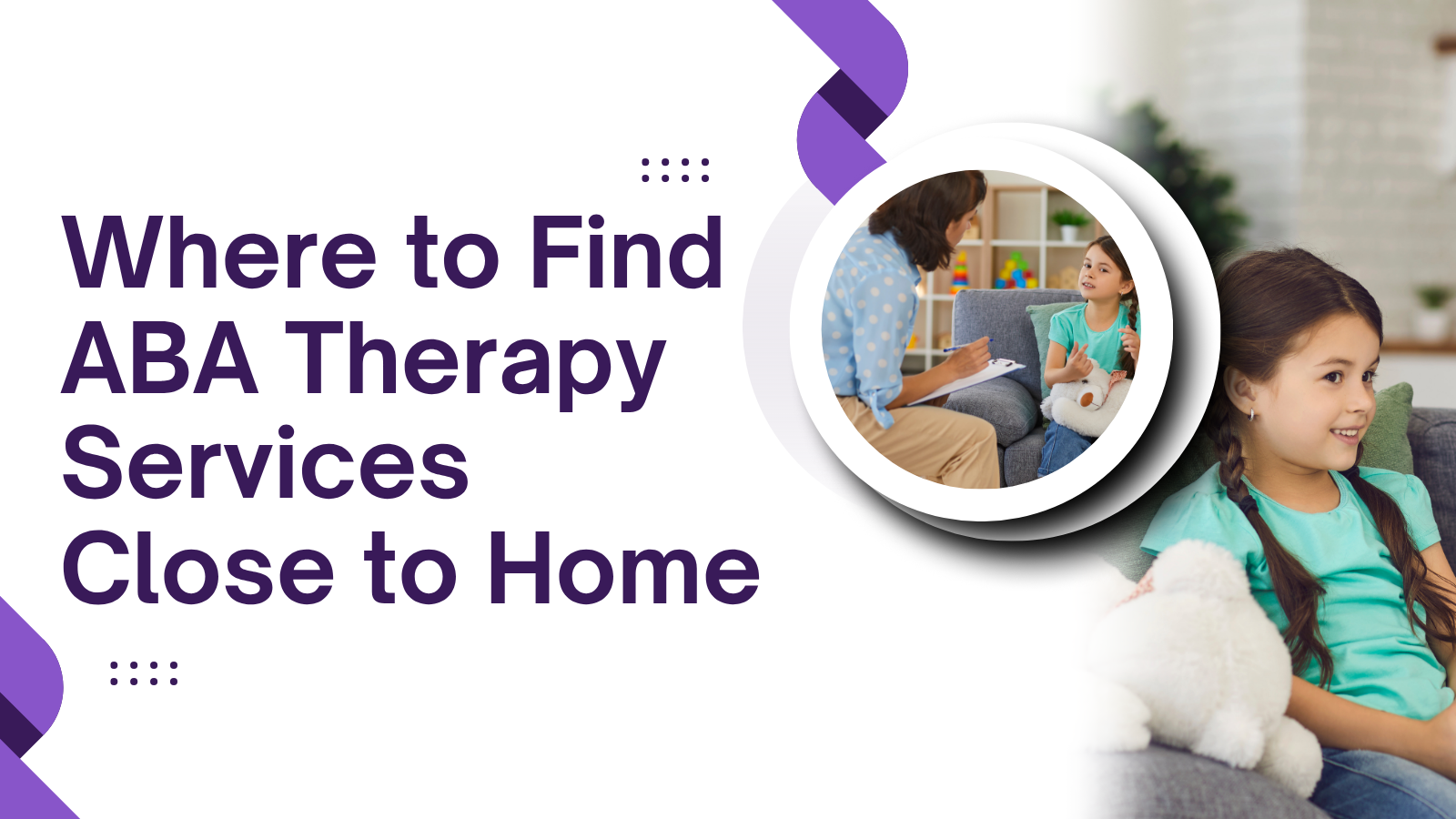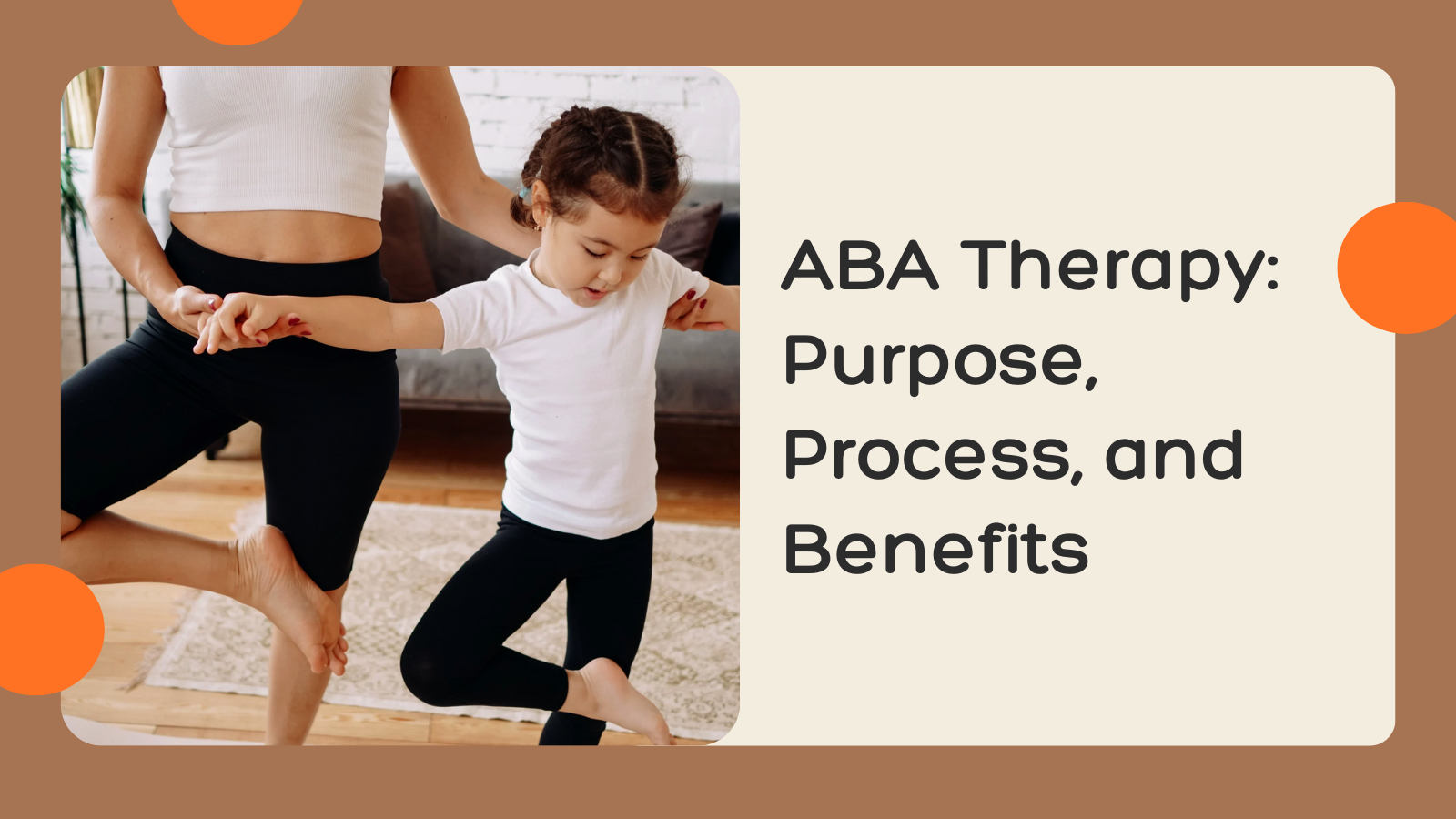Effective ABA Strategies for Boosting Nonverbal Skills in Autism
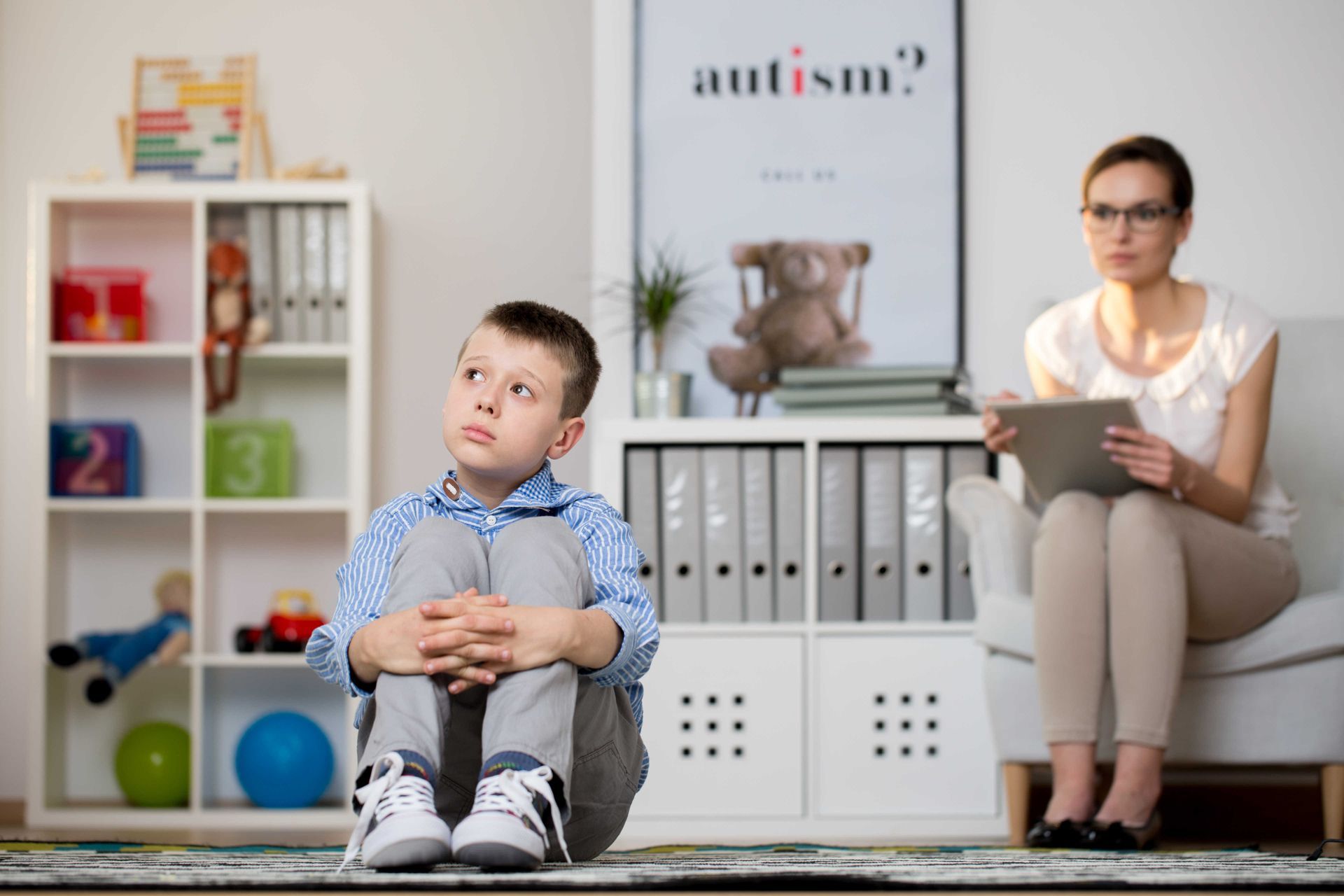
Developing nonverbal communication skills is a critical aspect of supporting individuals with developmental delays. These skills form the basis of meaningful social interactions and lay the groundwork for verbal communication. For families and professionals navigating this journey, ABA Strategies provide a research-based, highly structured method of intervention that can significantly improve nonverbal skills. Rooted in science and practiced by certified professionals, aba applied behavior analysis continues to be one of the most effective therapies in achieving measurable progress.
In this article, we’ll delve into how ABA Strategies are implemented to support nonverbal learners and improve their capacity to express themselves through gestures, visuals, and body language. We will also explore various real-life applications of these methods, including how aba autism therapy Maryland programs and aba companies Maryland are making a substantial difference.
Understanding the Basics of Nonverbal Communication
Nonverbal communication encompasses various forms of expression that do not involve spoken language. This includes:
- Eye contact
- Facial expressions
- Gestures (e.g., pointing, waving)
- Body posture
- Use of visual supports or augmentative tools
For individuals who are developing verbal communication more slowly, building a strong nonverbal foundation can empower them to express wants, needs, and emotions effectively.
Why ABA Strategies Are Ideal for Building Nonverbal Skills
ABA Strategies, particularly those grounded in aba applied behavior analysis, take a structured, individualized approach to skill-building. These strategies use positive reinforcement, repetition, and data tracking to ensure consistent progress.
Professionals trained in aba behavior analysis are skilled at identifying specific areas where a learner is struggling and tailoring interventions to suit their learning style. This includes selecting appropriate nonverbal communication goals, modeling the behavior, prompting the learner to imitate it, and rewarding successful attempts.
Programs like aba autism therapy Maryland often utilize a variety of visual and behavioral supports to help learners understand and use nonverbal communication effectively.
Core ABA Strategies for Enhancing Nonverbal Communication
Modeling and Imitation Training
Modeling is one of the most fundamental tools used in ABA Strategies. Therapists consistently demonstrate nonverbal behaviors (e.g., nodding for "yes" or pointing to a desired item), encouraging the learner to imitate. Over time, this imitation becomes more natural and spontaneous.
For instance, in early therapy sessions, a practitioner may model waving “bye-bye” multiple times while pairing it with verbal reinforcement and rewards when the learner attempts to replicate it.
Prompting and Prompt Fading
Prompting involves guiding the learner toward the correct response. Prompts can be physical (e.g., guiding a hand to point), visual (e.g., showing a card with a picture), or gestural (e.g., therapist pointing first).
Over time, prompts are gradually reduced or “faded” to promote independence. This ensures that learners don’t become overly reliant on the support and can use nonverbal cues naturally in daily settings.
Professionals trained through aba companies Maryland are especially skilled at applying prompting hierarchies that match the learner’s current developmental level.
Picture Exchange Communication System (PECS)
PECS is a well-established method that teaches learners to communicate by exchanging pictures for desired items or activities. It's especially useful for those who are not yet using spoken words but are capable of making choices and recognizing images.
The process begins with single-picture exchanges and gradually progresses to sentence structures like “I want juice.” PECS not only fosters nonverbal communication but often lays the groundwork for later verbal development.
Many aba autism therapy Maryland centers integrate PECS into early intervention programs, often in combination with other aba behavior analysis techniques.
Use of Augmentative and Alternative Communication (AAC)
AAC tools, including tablets with speech-generating software, visual boards, and customized apps, are increasingly being used as part of comprehensive ABA Strategies. These tools enable learners to express thoughts, make requests, and engage socially.
An ABA therapist might first introduce simple icons or buttons, gradually expanding the learner’s options and teaching them to navigate the tool with increasing independence.
Aba companies Maryland often work with speech-language pathologists to integrate AAC devices as part of a multidisciplinary therapy approach.
Functional Communication Training (FCT)
FCT focuses on replacing challenging behaviors with more appropriate communication methods—often nonverbal in the early stages. If a learner tends to engage in self-directed behaviors when frustrated, FCT helps them use gestures or visual cards to signal their needs instead.
By reinforcing the use of appropriate communication—such as pointing to a break card when overwhelmed—FCT reduces frustration and promotes more constructive interactions.
Creating a Structured Environment for Skill Development
The structured, consistent environment provided in aba applied behavior analysis programs plays a crucial role in helping learners succeed. Every aspect of the setting—from the placement of visuals to the timing of reinforcement—is designed to support learning.
Therapists track each learner’s progress through data collection and adjust strategies as needed. Whether a learner is showing improvement in eye contact or beginning to initiate gestures independently, the ABA team tailors the plan to support continued growth.
Families in Maryland seeking such structured support often turn to specialized aba autism therapy Maryland providers known for their comprehensive early intervention services.
Generalization: Applying Nonverbal Skills Across Settings
One of the major goals of ABA Strategies is generalization—the ability to use learned skills across different settings and with various people. This means a child who learns to use a visual cue to request a toy during therapy should also be able to do so at home or school.
To support generalization:
- Therapists conduct sessions in multiple environments (e.g., home, clinic, community)
- Parents and caregivers are trained to reinforce learned skills
- Tools like communication boards or AAC devices are carried across settings
Aba companies Maryland often include parent training as a central part of their service model, ensuring that family members can support skill transfer into everyday life.
Measuring Success: Small Steps Lead to Big Wins
Success in developing nonverbal communication is measured by observable changes in behavior—more eye contact, increased use of gestures, greater willingness to use AAC tools, etc. These small victories often build on each other and form a foundation for more complex communication.
ABA therapists use data charts, progress logs, and session videos to monitor these changes and share updates with caregivers. These tools help identify what’s working, what needs adjustment, and how far a learner has come.
Collaboration with Families and Schools
An essential element of effective ABA Strategies is collaboration. Families are encouraged to participate actively in setting communication goals, learning strategies, and maintaining consistency at home. Likewise, therapists often coordinate with school staff to ensure that communication tools used in therapy are accessible during the school day.
This collaborative model strengthens outcomes and ensures that learners receive consistent, meaningful support across all environments.
Choosing the Right ABA Provider
When selecting an ABA provider, families should look for licensed practitioners experienced in nonverbal communication support. Reputable aba companies Maryland typically offer a multidisciplinary team that includes behavior analysts, speech-language pathologists, and support staff.
Key qualities to look for:
- Individualized treatment plans
- Experience with AAC and PECS systems
- Structured progress tracking
- Regular parent involvement and training
- Flexibility in therapy settings (home, clinic, school)
Conclusion
Building nonverbal communication skills is an essential step in helping individuals connect with their world. With the right ABA Strategies, learners can gain confidence, reduce frustration, and interact meaningfully with those around them. From modeling and prompting to tools like PECS and AAC, each strategy is designed to meet learners where they are and guide them toward progress.
Families in regions like Maryland benefit greatly from specialized aba autism therapy Maryland programs and well-established aba companies Maryland that understand the nuances of nonverbal learning and are committed to delivering transformative results.
With persistence, collaboration, and evidence-based methods rooted in aba behavior analysis, every small milestone becomes a significant achievement on the path to stronger communication.
Begin your next step toward growth by connecting with Able Minds ABA.
FAQs
What are ABA Strategies for improving nonverbal communication?
ABA Strategies for nonverbal communication involve evidence-based methods like modeling, prompting, PECS (Picture Exchange Communication System), and the use of AAC (Augmentative and Alternative Communication) devices. These techniques help individuals learn gestures, facial expressions, eye contact, and other nonverbal cues to communicate more effectively.
How does ABA applied behavior analysis support nonverbal learners?
ABA applied behavior analysis provides a structured framework to teach nonverbal communication through repetition, reinforcement, and real-time data tracking. It breaks down complex communication tasks into smaller, teachable steps, ensuring that learners build foundational skills progressively.
What is the role of PECS in ABA Strategies?
PECS (Picture Exchange Communication System) is an essential part of many ABA Strategies. It teaches individuals to use pictures to request items or express needs. PECS helps nonverbal learners understand the value of communication and can serve as a stepping stone toward verbal skills.
Are there ABA companies Maryland families can turn to for nonverbal communication support?
Yes, there are several reputable aba companies Maryland offers that specialize in early intervention and nonverbal communication development. These organizations provide individualized treatment plans, experienced therapists, and often integrate PECS, AAC, and parent training into their services.
How is AAC technology used in ABA behavior analysis?
In aba behavior analysis, AAC (Augmentative and Alternative Communication) devices like speech-generating tablets or communication boards are used to give nonverbal individuals a voice. ABA therapists teach users how to navigate these tools to make requests, express thoughts, and engage socially, increasing independence and reducing frustration.
Can ABA Strategies help in generalizing nonverbal skills across different settings?
Absolutely. A core goal of ABA Strategies is to promote generalization, ensuring that nonverbal skills learned in therapy can be applied at home, school, or in community settings. This is achieved through varied practice, parent involvement, and consistent reinforcement strategies across environments.





